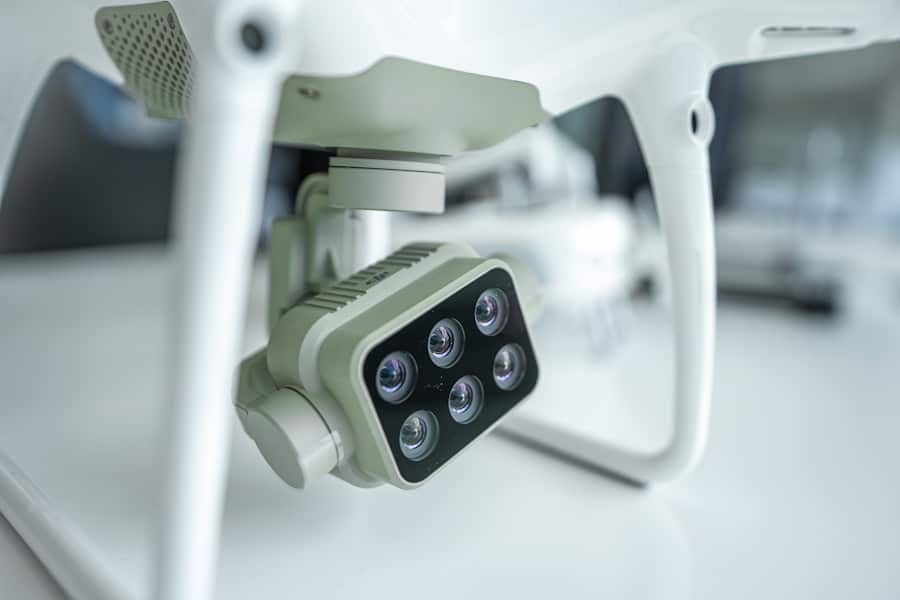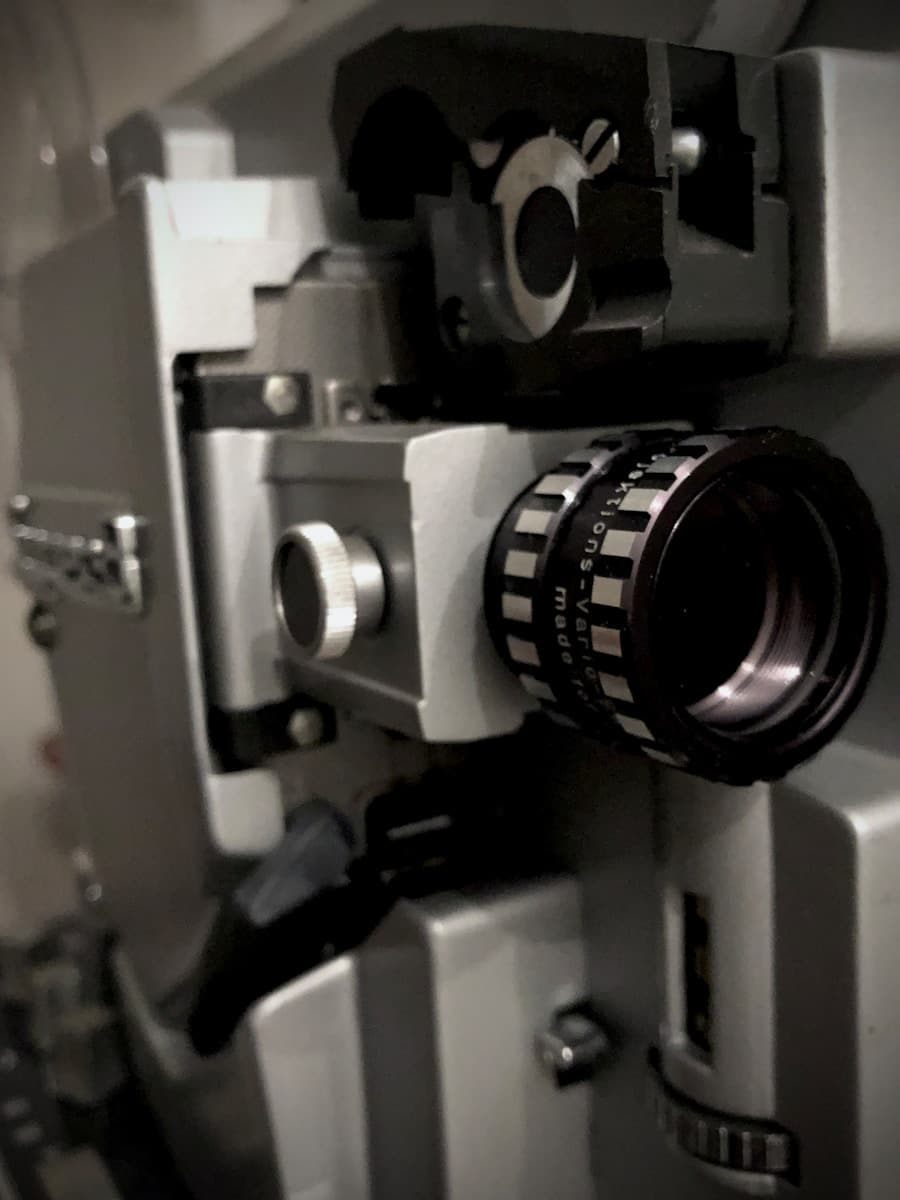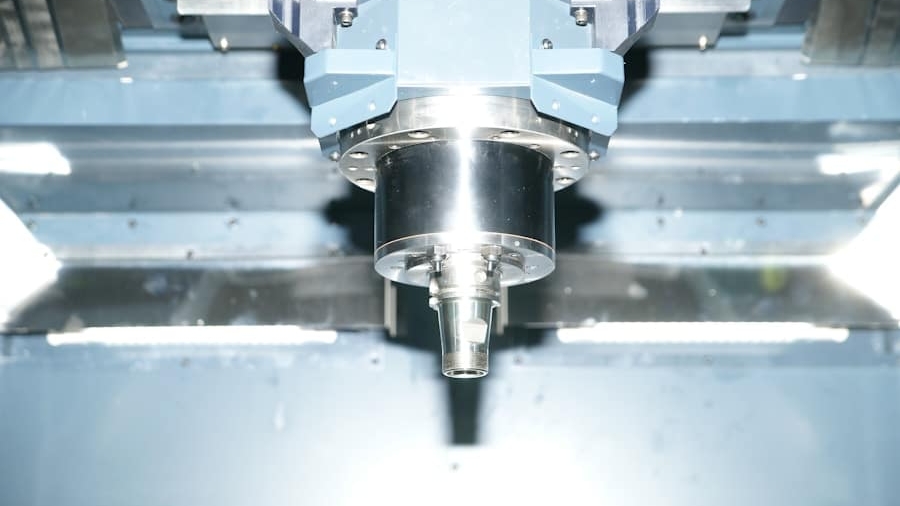Machine vision has emerged as a transformative technology in the realm of quality control within manufacturing processes. This sophisticated system utilizes advanced imaging technologies, algorithms, and artificial intelligence to enable machines to interpret and analyze visual data. By mimicking human visual perception, machine vision systems can detect defects, measure dimensions, and ensure that products meet specified standards.
The integration of machine vision into quality control processes not only enhances accuracy but also significantly increases efficiency, reducing the likelihood of human error and the costs associated with manual inspections. The evolution of machine vision has been driven by the need for higher precision and faster production rates in modern manufacturing environments. As industries strive to meet increasing consumer demands for quality and consistency, machine vision systems have become indispensable tools.
They are capable of processing vast amounts of visual information at speeds unattainable by human inspectors, thus enabling real-time quality assessments. This capability is particularly crucial in high-volume production settings where even minor defects can lead to substantial financial losses and damage to brand reputation.
Key Takeaways
- Machine vision is a technology that uses cameras and image processing to perform quality control in manufacturing.
- Implementing machine vision in manufacturing can lead to improved product quality, increased productivity, and reduced costs.
- Machine vision systems work by capturing images of products, analyzing them using algorithms, and making decisions based on predefined criteria.
- Common applications of machine vision in manufacturing include inspection, measurement, identification, and guidance.
- Challenges and limitations of machine vision in quality control include high initial costs, complex programming, and limitations in handling certain materials or environmental conditions.
Benefits of Implementing Machine Vision in Manufacturing
The implementation of machine vision systems in manufacturing offers a multitude of benefits that extend beyond mere defect detection. One of the most significant advantages is the enhancement of product quality. By employing high-resolution cameras and sophisticated image processing algorithms, machine vision systems can identify even the most minute defects that might escape human observation.
This level of scrutiny ensures that only products meeting stringent quality standards proceed through the production line, thereby reducing the risk of recalls and enhancing customer satisfaction.
Automated inspections can be conducted at a pace that far exceeds manual processes, allowing manufacturers to maintain high throughput without sacrificing quality.
This efficiency translates into cost savings, as fewer resources are required for rework and inspection. Moreover, machine vision systems can operate continuously without fatigue, ensuring consistent performance over extended periods. This reliability not only streamlines production but also allows for better allocation of human resources, enabling workers to focus on more complex tasks that require critical thinking and creativity.
How Machine Vision Systems Work in Quality Control

Machine vision systems operate through a combination of hardware and software components designed to capture and analyze images. The core of these systems typically includes high-resolution cameras that capture images of products as they move along the production line. These cameras are often equipped with specialized lenses and lighting to enhance image clarity and contrast, which is crucial for accurate defect detection.
Once an image is captured, it is processed using advanced algorithms that analyze various features such as shape, color, texture, and size. The processing phase involves several steps, including image preprocessing, feature extraction, and classification. During image preprocessing, techniques such as noise reduction and contrast enhancement are applied to improve the quality of the captured images.
Feature extraction then identifies key characteristics relevant to quality assessment, such as edges or patterns indicative of defects. Finally, classification algorithms determine whether the product meets quality standards based on the extracted features. This entire process occurs in real-time, allowing for immediate feedback and corrective actions if defects are detected.
Common Applications of Machine Vision in Manufacturing
Machine vision finds applications across a wide array of manufacturing sectors, each leveraging its capabilities to enhance quality control processes. In the automotive industry, for instance, machine vision systems are employed to inspect components such as welds, paint finishes, and assembly alignments. By ensuring that each part meets precise specifications, manufacturers can prevent costly errors that could compromise vehicle safety or performance.
In the electronics sector, machine vision plays a critical role in inspecting printed circuit boards (PCBs) for defects such as soldering issues or component misalignments. Given the intricate nature of electronic components, even minor defects can lead to significant failures in functionality. Machine vision systems can quickly identify these issues during production, allowing for immediate rectification before products reach consumers.
Additionally, in the food and beverage industry, machine vision is used for packaging inspections to ensure labels are correctly applied and that packaging integrity is maintained, thus safeguarding consumer health and compliance with regulatory standards.
Challenges and Limitations of Machine Vision in Quality Control
Despite its numerous advantages, the implementation of machine vision systems is not without challenges. One significant limitation is the initial cost associated with acquiring and integrating these systems into existing manufacturing processes. High-quality cameras, sophisticated software, and the necessary infrastructure can represent a substantial investment for manufacturers, particularly smaller enterprises with limited budgets.
Additionally, ongoing maintenance and updates may incur further costs over time. Another challenge lies in the complexity of programming and configuring machine vision systems to accurately detect specific defects across diverse product lines. Each product may require unique imaging setups and algorithms tailored to its characteristics.
This customization can be time-consuming and may necessitate specialized expertise that is not readily available within all organizations. Furthermore, environmental factors such as lighting conditions or variations in product surfaces can impact the performance of machine vision systems, necessitating careful calibration and adjustments to maintain accuracy.
Integration of Machine Vision with Other Quality Control Technologies

The true potential of machine vision is often realized when it is integrated with other quality control technologies. For instance, combining machine vision with artificial intelligence (AI) enhances the system’s ability to learn from past inspections and improve its defect detection capabilities over time. AI algorithms can analyze historical data to identify patterns and trends that inform future inspections, leading to more accurate assessments and reduced false positives.
Moreover, integrating machine vision with other automation technologies such as robotics can create a seamless quality control process. For example, robotic arms equipped with machine vision can not only inspect products but also perform corrective actions based on inspection results—such as removing defective items from the production line or adjusting machinery settings to rectify identified issues. This synergy between technologies fosters a more holistic approach to quality control, ultimately leading to improved product consistency and reduced waste.
Future Trends in Machine Vision for Quality Control
As technology continues to advance at a rapid pace, several trends are emerging in the field of machine vision for quality control.
Deep learning algorithms enable machines to learn from vast datasets without explicit programming for every possible defect scenario.
This capability allows for more robust defect detection across diverse product lines and enhances the adaptability of machine vision systems in dynamic manufacturing environments. Another trend is the growing emphasis on real-time data analytics and predictive maintenance. By integrating machine vision with IoT (Internet of Things) technologies, manufacturers can collect and analyze data from various sources throughout the production process.
This data-driven approach enables proactive decision-making by identifying potential quality issues before they escalate into significant problems. As manufacturers seek to optimize their operations further, the convergence of machine vision with advanced analytics will play a pivotal role in shaping the future landscape of quality control.
Case Studies of Successful Implementation of Machine Vision in Manufacturing
Numerous case studies illustrate the successful implementation of machine vision systems in manufacturing settings across various industries. One prominent example is a leading automotive manufacturer that integrated machine vision into its assembly line to inspect welds on vehicle frames. By deploying high-resolution cameras equipped with advanced image processing algorithms, the company was able to reduce its defect rate by over 30%.
The real-time feedback provided by the system allowed operators to address issues immediately rather than waiting for post-production inspections. In another case study within the electronics industry, a manufacturer of consumer electronics adopted machine vision technology to enhance its PCB inspection process. The implementation involved using automated optical inspection (AOI) systems capable of detecting soldering defects with remarkable accuracy.
As a result, the company reported a significant decrease in product returns due to quality issues and improved overall production efficiency by 25%. These examples underscore how machine vision not only enhances quality control but also drives operational improvements that contribute to a manufacturer’s bottom line. Through these case studies and ongoing advancements in technology, it is evident that machine vision will continue to play an integral role in shaping the future of quality control in manufacturing environments worldwide.
If you are interested in learning more about the latest advancements in technology, you may want to check out the article New World of Possibilities with the Samsung Galaxy Chromebook 2 360. This article explores how the Samsung Galaxy Chromebook 2 360 is revolutionizing the way we work and play with its innovative features and sleek design. Just like machine vision is transforming quality control in manufacturing, this cutting-edge device is pushing the boundaries of what is possible in the world of technology.
FAQs
What is machine vision?
Machine vision is a technology that uses cameras and image processing algorithms to perform inspection and analysis tasks in various industries, including manufacturing.
How does machine vision contribute to quality control in manufacturing?
Machine vision systems can inspect and analyze products on the production line to ensure they meet quality standards. This can include detecting defects, measuring dimensions, and verifying proper assembly.
What are the benefits of using machine vision for quality control in manufacturing?
Some benefits of using machine vision for quality control in manufacturing include increased inspection speed, improved accuracy, reduced labor costs, and the ability to detect defects that may be difficult for human inspectors to identify.
What types of defects can machine vision systems detect in manufacturing processes?
Machine vision systems can detect a wide range of defects, including surface imperfections, incorrect dimensions, missing components, and assembly errors.
What are some common applications of machine vision in manufacturing quality control?
Common applications of machine vision in manufacturing quality control include inspecting automotive parts, electronic components, food and beverage packaging, pharmaceutical products, and printed materials.
How does machine vision technology continue to evolve for quality control in manufacturing?
Advancements in machine vision technology, such as improved image processing algorithms, higher resolution cameras, and artificial intelligence, continue to enhance the capabilities of machine vision systems for quality control in manufacturing.

